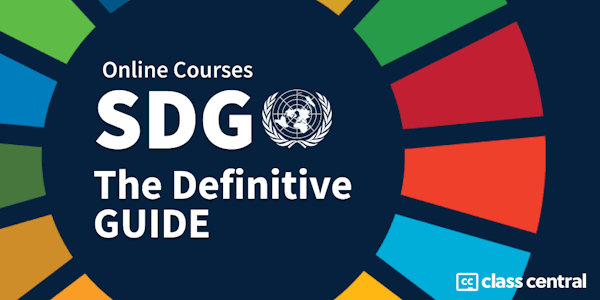Global Strategy II: Doing Business in The Global Economy
University of Illinois at Urbana-Champaign via Coursera
-
82
-
- Write review
Overview
This course explores the ways firms overcome challenges when operating globally – a process characterized for its complexity and uncertainty. Corporations trying to succeed in the global economy need to develop different types of strategies depending on where they are conducting business or industry they are in.
You will be able to:
• -Determine the best strategy to follow when expanding globally
• -Analyze the advantages and disadvantages of those strategies
• -Develop appropriate responses to external pressures.
This course is part of Gies College of Business’ suite of online programs, including the iMBA and iMSM. Learn more about admission into these programs and explore how your Coursera work can be leveraged if accepted into a degree program at https://degrees.giesbusiness.illinois.edu/idegrees/.
Syllabus
- Course Orientation
- You will become familiar with the course, your classmates, and our learning environment. The orientation will also help you obtain the technical skills required for the course.
- Module 1: How Should Firms Operate Globally? What Determines Their Global Strategy?
- The main challenge of managers going global is to determine the important differences between countries and how to manage them. This class provides an analytical framework on how to manage those differences inside the firm and when competing with other corporations.
- Module 2: Entering Global Markets: Aggressively? Cautiously? Big? Small?
- How and when to enter a particular foreign market is a complex decision. While sometimes it makes sense to enter aggressively to earn first-mover advantages, in some other occasions waiting for others to enter first might be the best strategy. Similarly, entering small sometimes makes more sense than entering big. This module explores the advantages of each strategy and when to use them.
- Module 3: Entry Strategies of Multinational Corporations
- When entering foreign markets, multinational corporations have different options from which to choose. They are determined by the factors studied in the OLI and CAGE frameworks as well as the strategies chosen based on the cost reduction and differentiation pressures. This section studies how to evaluate which way to enter a foreign market, and the associated advantages and disadvantages.
- Module 4: How Do Multinationals Strategize in an Increasingly Complex Political Environment?
- When operating globally, managers need to carefully analyze the political environment and develop strategies to deal with issues such as instability, xenophobia, or nationalism. This module explores the options firms have when dealing with political uncertainties, the type of analysis they need to conduct, and the political strategies they can develop.
Taught by
Marcelo Bucheli




